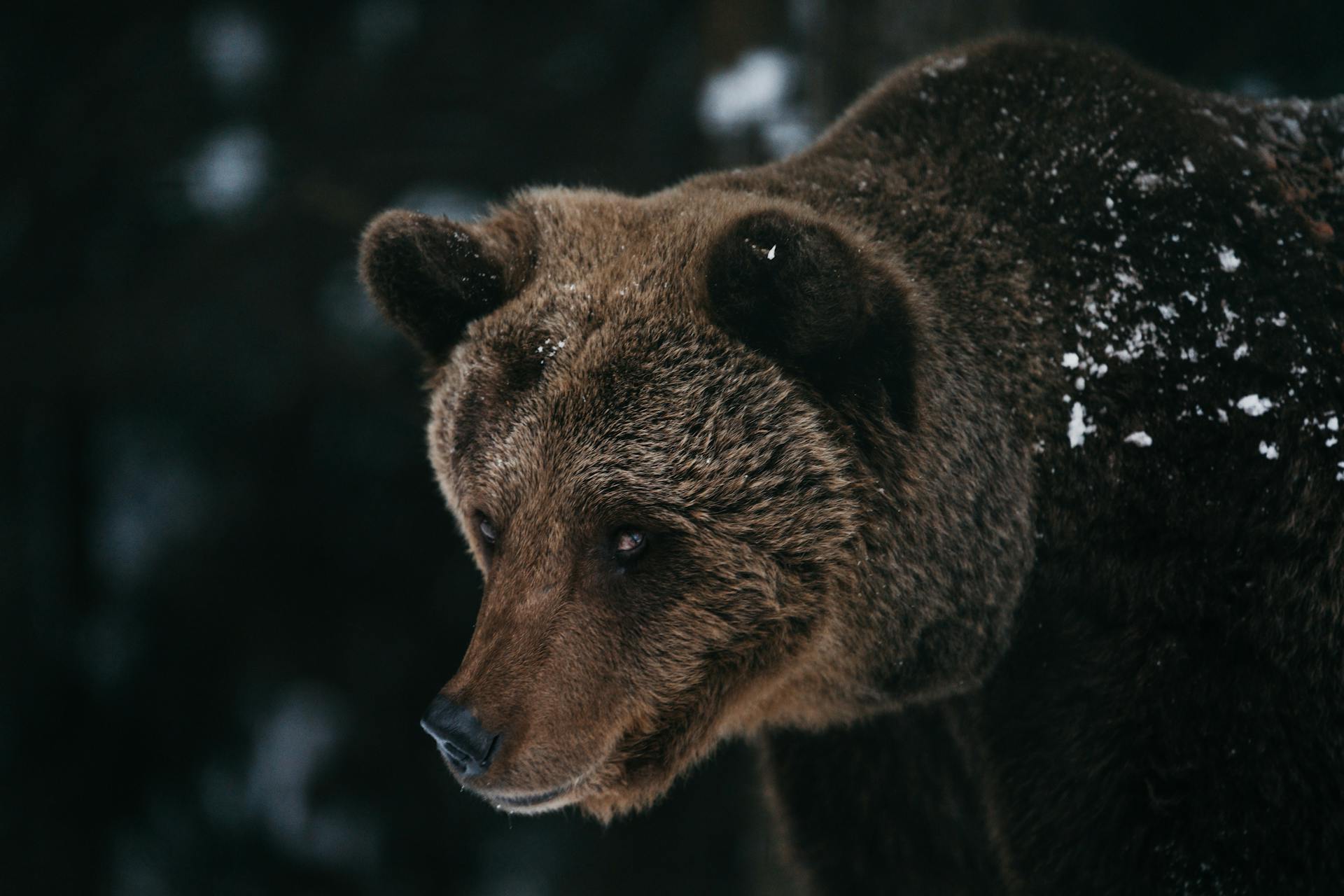Photo by Andras Stefuca: https://www.pexels.com/photo/close-up-of-a-grizzly-bear-17646622/
Imagine hiking a remote trail, surrounded by the tranquility of nature, when suddenly you spot movement—something unexpected. Whether it's a solitary mountain goat balancing on a ledge, a coyote tracking quietly through the brush, or the elusive bobcat appearing as a mere flash in the distance, encountering rare wildlife can be both thrilling and nerve-wracking. In this guide, we’ll discuss how to handle these unique encounters safely and respectfully.
Understanding Rare Wildlife Encounters
Below we will briefly discuss why certain species, like bears, mountain goats, coyotes, and bobcats, are not commonly seen and how encountering them can be a rare, memorable event. Note that each species has distinct behaviors and habitats, so it’s crucial to recognize these to prepare for encounters.
1. Mountain Goats: Majestic and Territorial
- Where They’re Found: Primarily in high alpine areas with rocky terrain.
- Behavior: While they may seem calm, mountain goats can be territorial, especially during the breeding season or when guarding their young.
How to Respond:
- Maintain Distance: Observe them from afar to avoid triggering defensive behaviors.
- Avoid Direct Eye Contact: Mountain goats may interpret this as a threat.
- Stay Calm: Avoid rapid movements that could startle them, and if a goat approaches, slowly back away.
2. Coyotes: Curious but Cautious
- Where They’re Found: Often in grasslands, foothills, and near water sources in both rural and suburban areas.
- Behavior: Coyotes are typically shy but may approach out of curiosity, especially if habituated to human presence.
How to Respond:
- Do Not Feed: Coyotes can become habituated, losing their natural fear of humans.
- Stay Big and Loud: Make yourself appear larger and use a firm, loud voice to deter coyotes from approaching.
- Keep Pets Leashed: Coyotes may see small pets as prey, so keeping them close is crucial.
3. Bobcats: Elusive and Independent
- Where They’re Found: Bobcats are widespread in various terrains, from forests to deserts, but are rarely seen due to their solitary and nocturnal nature.
- Behavior: Bobcats are not typically aggressive toward humans and will likely avoid confrontation.
How to Respond:
- Remain Still and Quiet: If you see a bobcat, remain still and admire from a distance without making sudden movements.
- Avoid Staring: Direct eye contact can be seen as a challenge by many wild animals.
- Give Them Space: If a bobcat is near a trail, wait for it to move away on its own before continuing your hike.
4. Black Bears: Curious Foragers
- Where They’re Found: Black bears inhabit a variety of forested areas across North America, from the East Coast’s Appalachian Mountains to the dense forests of the Pacific Northwest.
- Behavior: Generally shy and non-aggressive, black bears may approach if they catch the scent of food. They are known for their curiosity and foraging habits, especially in areas where human food is accessible.
How to Respond:
- Make Noise: If you spot a black bear at a distance, calmly make your presence known by clapping your hands or talking loudly. Avoid sudden movements or running.
- Secure Your Food: Keep food and scented items in bear-proof containers and never leave food scraps behind.
- Back Away Slowly: If a black bear approaches, maintain eye contact, speak in a low, firm voice, and back away slowly without turning your back. Black bears often avoid confrontation if they sense that you are alert and unafraid.
5. Brown Bears (Grizzly Bears): Powerful and Territorial
- Where They’re Found: Grizzly bears, a subspecies of brown bears, are commonly found in the mountainous regions of Alaska, Western Canada, and parts of the Northern Rocky Mountains in the United States.
- Behavior: Grizzly bears are typically more territorial and defensive than black bears, particularly around food sources, cubs, or when surprised at close range.
How to Respond:
- Stay Calm and Avoid Eye Contact: If you encounter a grizzly bear, remain calm and avoid making direct eye contact, which could be perceived as a threat.
- Carry Bear Spray: Bear spray is a highly effective deterrent. Practice using it before your trip, and keep it accessible at all times.
- Respond Appropriately to Charges: Grizzly bears may perform a “bluff charge” as a warning. Stand your ground and prepare to use bear spray if the bear continues to approach. If a grizzly makes physical contact, playing dead by lying flat on your stomach with your hands clasped over your neck can help signal to the bear that you are not a threat.
General Tips for Any Rare Wildlife Encounter
- Stay Aware: Keep your senses alert and avoid distractions like headphones, especially in areas where rare wildlife sightings are possible.
- Do Not Approach: Even if the animal appears calm or uninterested in your presence, approaching it can provoke a defensive reaction.
- Carry Safety Gear: Depending on your location, consider carrying items like bear spray, an air horn, or a whistle to deter unexpected close encounters.
Embrace the Moment (Safely)
A rare wildlife sighting can be an incredible memory, but the key is to stay respectful and prioritize safety—for both you and the wildlife. By keeping a level head, observing from a distance, and being prepared, you can transform an unexpected encounter into a treasured moment of your outdoor adventure. Be sure to come prepared with proper equipment for your journey, like snake gaiters to guard you from any unexpected crossings with some less-rare wildlife.
Conclusion
Rare wildlife sightings can be a highlight of any hike, offering a glimpse into the untamed beauty of nature. By understanding these animals’ behaviors and knowing how to respond, you can ensure these encounters remain awe-inspiring rather than anxiety-inducing.






